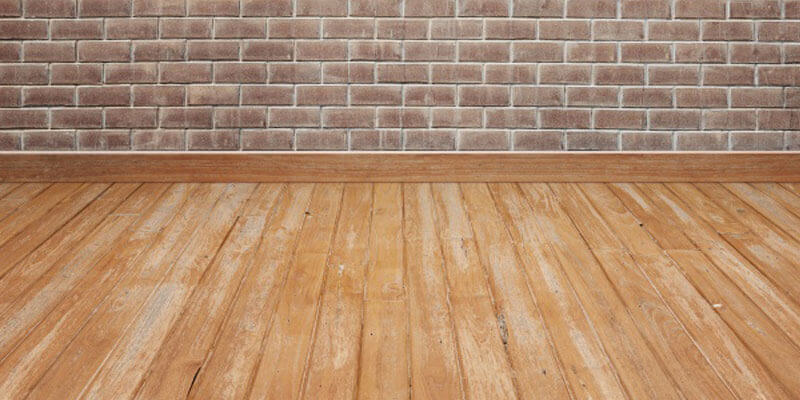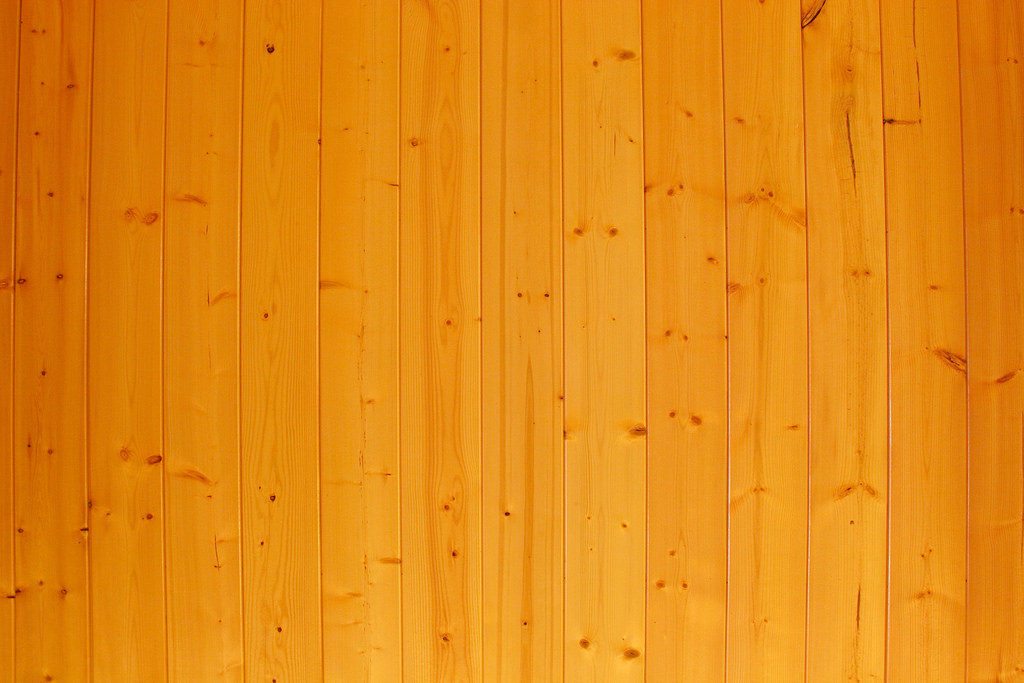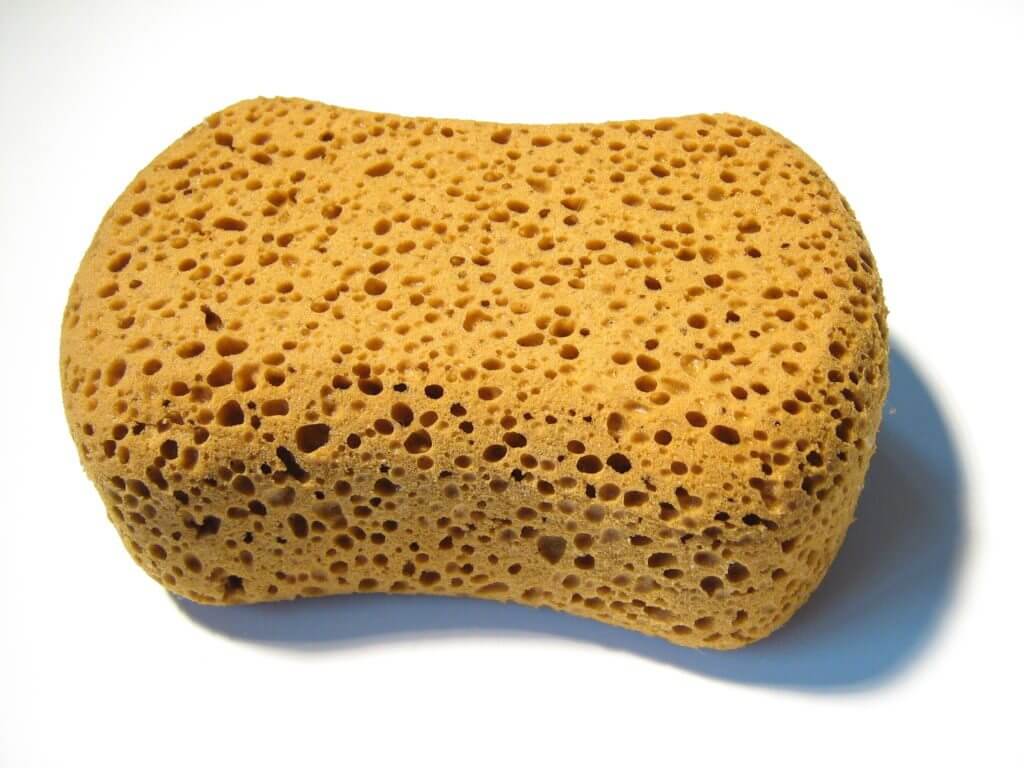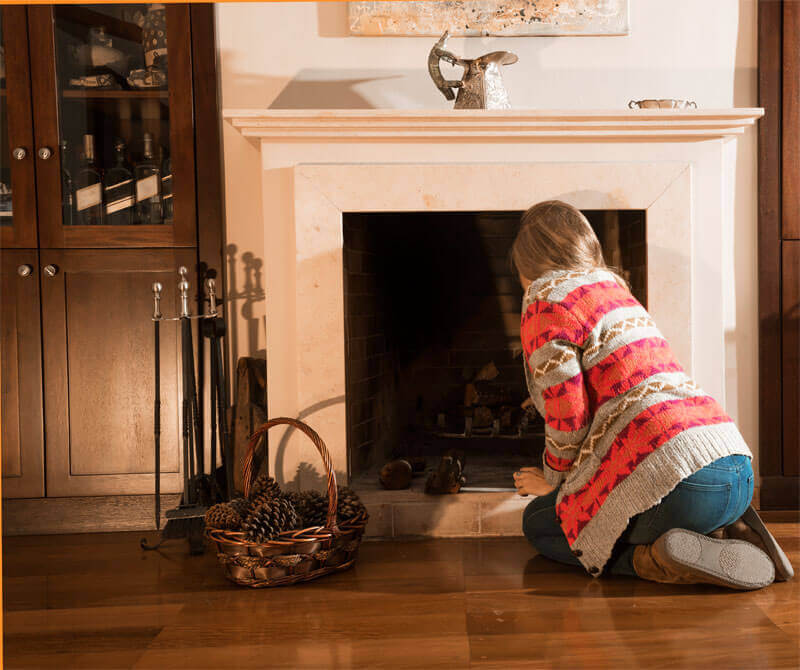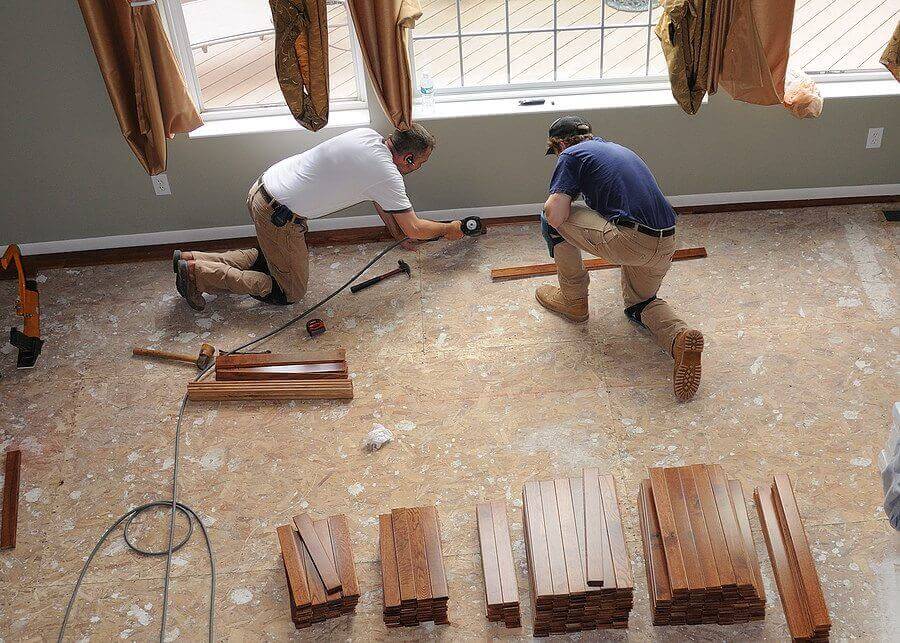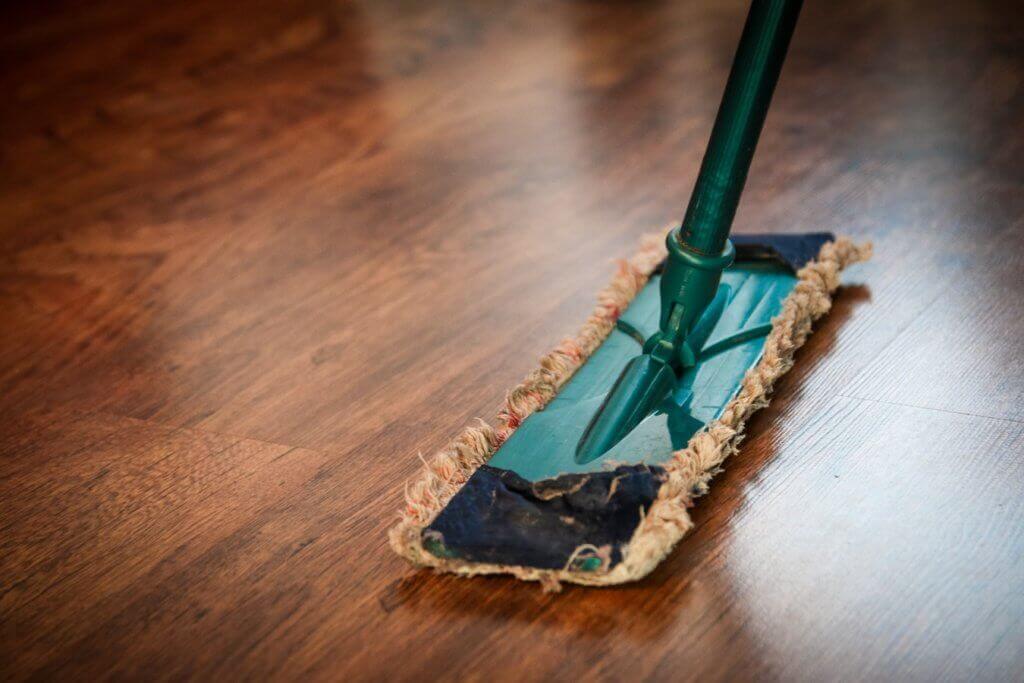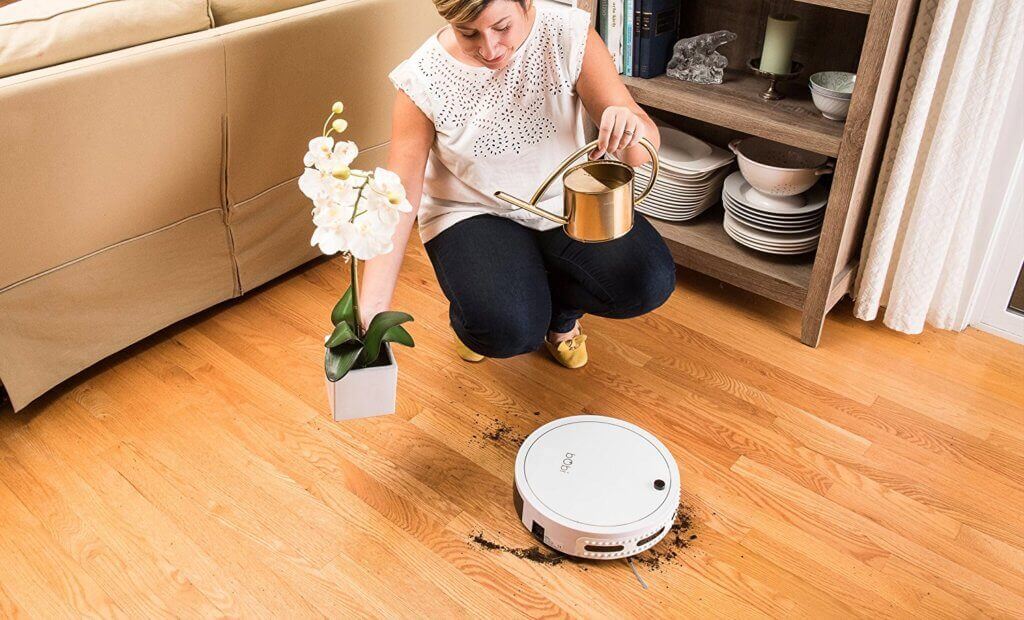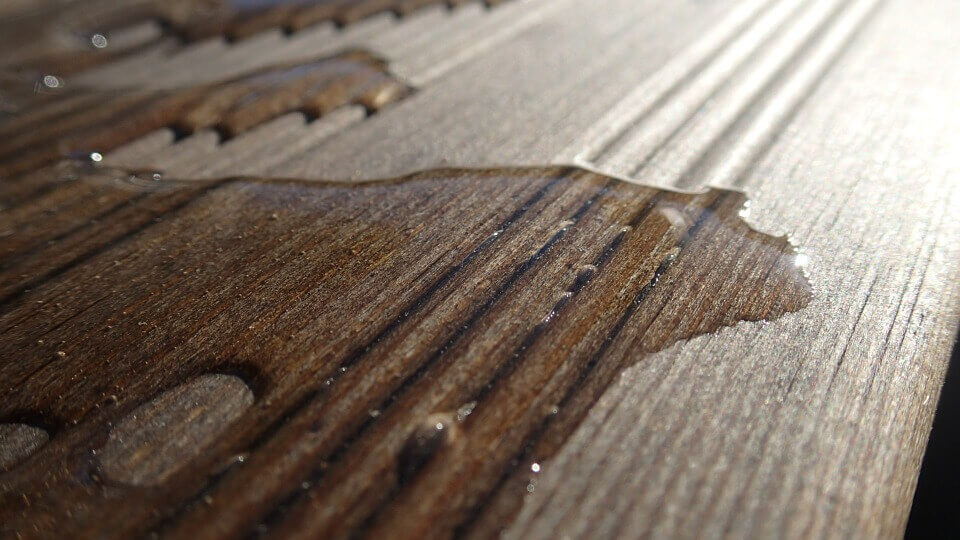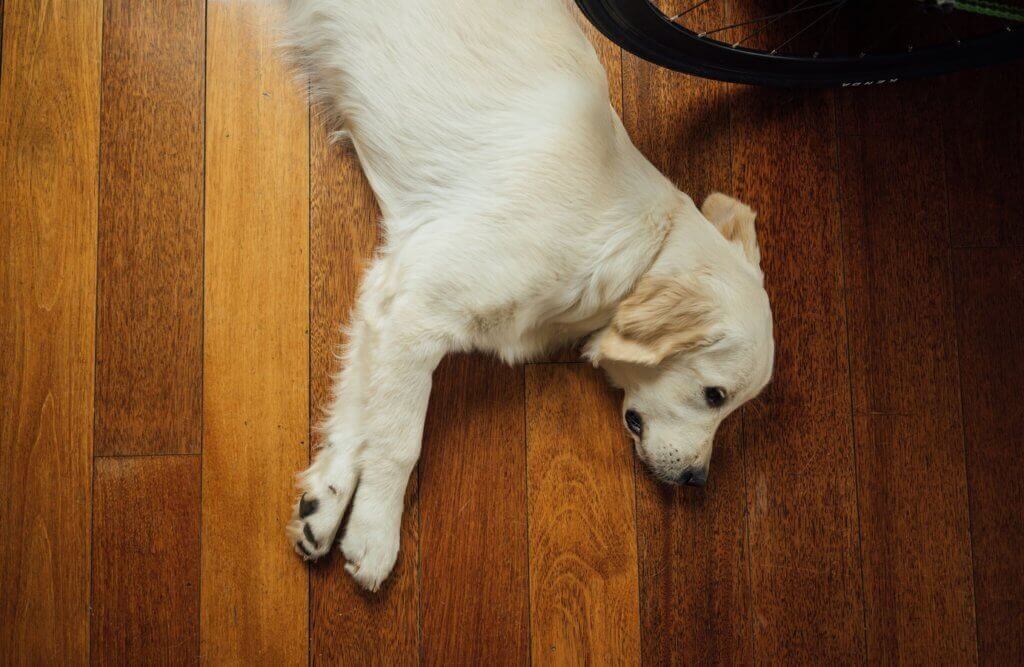What makes hardwoods expensive? What’s the perceived value vs. real value? The answer to the title question is relative to the reader, but indeed hardwood flooring is more expensive than other flooring alternatives. But what it comes down to for the consumer is whether they are willing to pay a premium for the vibrant, beautiful tones of hardwood to grace their floors or settle for a cheaper alternative.
When looking at real hardwood flooring for your home, you have to decide on one of two options for your flooring: solid wood or engineered wood?
Solid wood floors are as advertised: one solid piece of wood through the whole plank.
Engineered wood consists of a top layer of real wood with cheaper plywood layering the bottom portion of the plank.
There are many benefits to a homeowner in opting for hardwood floors in their home. The first advantage is the beauty that hardwood brings to a home. The tones of the grain of wood selected for your flooring can match furniture and cabinetry. Wood floors are simple to maintain and clean, and you can refinish it multiple time rather than replace it as carpet requires frequently.
But, before opting for hardwood, consumers need to consider the downside of the product before they decide if it is the right flooring for them. Hardwood is very sensitive to humidity and moisture in the home and the slightest bit of water, if left untreated, can cause damage to the wood. Because of this reason, areas where water tends to get on the floor, like bathrooms, are not recommended for hardwood. Hardwood can also be quite noisy if on an upper level of a home when walked on.
When the decision is made to go with hardwood floors in a home, many factors will come into play in determining what the final cost will be for the project. The first significant impact on the final price is the type of wood used.
Popular Hardwood Flooring Options
• Hickory
• White Ash
• Maple
• Brazilian Cherry
• Red Oak
• Cork
The looks all vary significantly between the types of wood as do the costs. Consumers need to shop around for the look and price that matches their needs.
The Cost of Hardwood Flooring Installation
Another factor in the final cost of the flooring is the installation of the flooring. For people looking to save costs, the installation can be done by yourself with some help, but it requires fundamental carpentry skills and tools.
Tools needed include:
• Tape measure
• Staple Gun
• Variable speed drill and bits
• Hammer
• Table Saw
• Chop Saw
• Chalk line
• Safety goggles
If you’re looking to save the work and have the installation done professionally, you can expect to spend a little more. Carpenters and contractors are a large part of what make hardwoods expensive. Some retailers that sell the flooring may offer deals on installation, so shopping around is essential.
Some factors that can influence final cost are the distance to your home, the amount of work around electrical, plumbing or HVAC systems and any applicable permit fees for the flooring. If you want to know how to choose the best hardwood flooring, consult the experts today.

